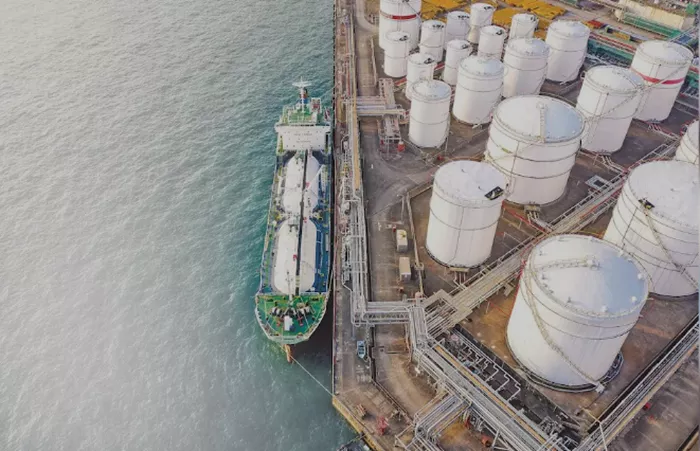The Trump Administration’s renewed sanctions aimed at halting Iranian oil exports have thrown a wrench into the flow of oil from the Islamic Republic to its primary customer, China. Despite these efforts, Iran continues to find ways to export oil, with China, which accounts for approximately 90% of Iran’s crude exports, remaining the central hub for Iranian oil shipments.
Though the new U.S. sanctions have successfully reduced the number of non-sanctioned tankers available for the trade, Iranian oil still makes its way to China, albeit through increasingly complex methods. Vessel-tracking analysts report that traders and intermediaries are utilizing ship-to-ship transfers, particularly off the coast of Malaysia, to bypass restrictions and maintain the flow of oil.
These sanctions have disrupted some aspects of the trade, but exports to China remain steady, with little variation from recent months. Since the U.S. withdrew from the Iran nuclear deal in 2018 under President Trump, China has been the biggest buyer of Iranian oil, with Chinese private refiners, known as “teapots,” playing a pivotal role. The arrangement has benefited both parties: Iran is able to sell its oil, which is largely rejected by other nations, while China receives discounted crude.
The Trump Administration’s “maximum pressure” campaign is designed to curb Iran’s oil trade and reduce its revenue streams. In a direct effort to stop Iranian oil exports, President Trump instructed the Secretary of State to push for a total cessation of Iranian oil exports, particularly to China. However, China has consistently ignored U.S. sanctions, continuing to import Iranian oil despite the pressure.
In response to the sanctions, Chinese ports and importers have adapted by finding workarounds. For instance, independent oil terminals at key Chinese ports such as Dalian, Shanghai, Zhoushan, and Huizhou have been accepting cargoes from sanctioned tankers. Additionally, some Iranian cargoes have been offloaded at Shandong, a major import terminal, after being transferred from sanctioned vessels via ship-to-ship operations.
According to data from Vortexa, these efforts led to a rebound in Iranian crude exports to China in February, with shipments to Shandong exceeding the 2024 average at 1.1 million barrels per day (bpd) between February 1 and 20. The use of ship-to-ship transfers involving supertankers has further facilitated this flow, especially with tankers now operating outside U.S. sanctions.
However, as the U.S. continues to target sanctioned tankers, the availability of vessels for Iran’s oil exports is shrinking. Competition for non-sanctioned tankers has increased as Russia and Venezuela also vie for the remaining available vessels, adding pressure on Iran’s export capacity.
While February sanctions led to the designation of more tankers and traders, the overall impact on Iran’s exports has been mitigated by the use of these alternative methods. The U.S. Treasury has vowed to intensify efforts to shut down Iranian oil trade entirely, with Secretary Scott Bessent warning that anyone involved in Iranian oil dealings faces significant risks of sanctions.
Despite these efforts, analysts suggest that Iran’s oil exports are unlikely to cease entirely. Ja Ian Chong, an associate professor of political science at the National University of Singapore, noted that sanctions often lead to leakage, with some shipments continuing despite restrictions. Sanctions are generally aimed at making trade economically unfeasible, rather than entirely eliminating it.
While the U.S. is intent on shutting down Iran’s oil sector and financial network, it acknowledges that achieving “zero Iranian oil exports” remains unlikely. The U.S. administration continues to apply pressure through financial sanctions, targeting regional entities that facilitate the transfer of Iran’s oil revenue. As of now, Iranian oil exports remain at an estimated 1.5 to 1.6 million barrels per day, and it remains to be seen how effective the continued sanctions will be in cutting off this crucial trade link between Iran and China.

